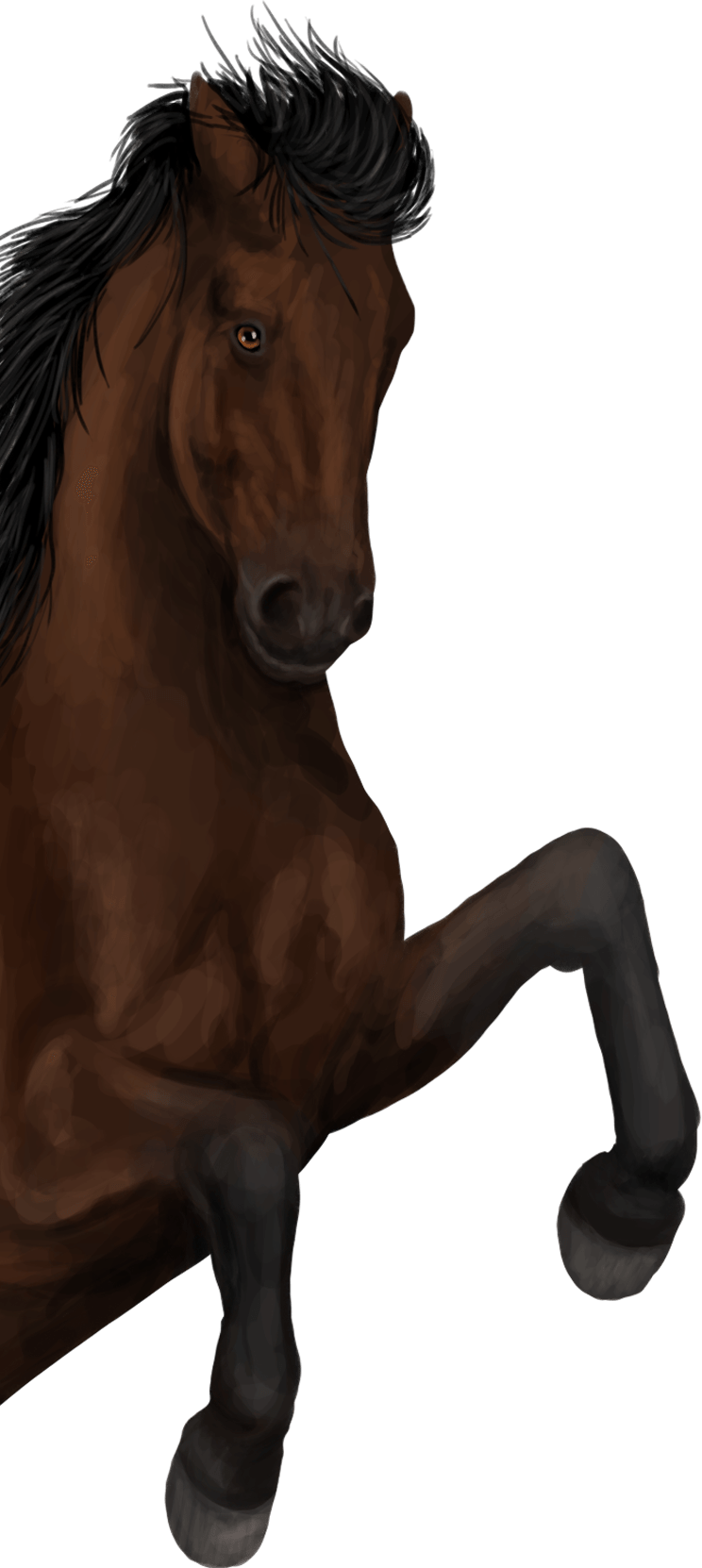This blog post was written by: Luminescence
Mythology: Saint Nicholas' horse
Hi, how nice to see you reading this blog! Today, we’ll be talking about an important Dutch tradition and how it relates to horses: the one of Saint Nicholas, or Sinterklaas! I’ll tell you a bit about Saint Nicholas as a figure, but mainly about his horse, a fun work of art and, of course, some facts to impress all your family members this Christmas. So, grab the bag of
"kruidnoten" and "chocolate letter" (traditional Sinterklaas sweets), the party has begun!
Origins
Of course, St Nicholas has been around for a very long time. The bishop Nicholas of Myra, who inspired the figure of Sinterklaas today, comes from the third century BC! So that's why that beard is so long... But horses unfortunately have a somewhat shorter lifespan. So that faithful grey companion of the good old man, hasn't been around that long. The first mention of St Nicholas' horse comes from the early 18th century, in a proverbial book! Aldus Carolus Tuinman, the proverb
"Klaas Vaak comes down the chimney" is a reference to Saint Nicholas' horse, which also came down the chimney. At the time, it was not yet a grey horse, as we know it today: Jan Schenkman's picture book portrays the horse as a chestnut.

Source image: Jan Schenkman, in the public domain, via
Gallery Koninklijke Bibliotheek.
Background
Why does Saint Nicholas need a horse in the first place? Of course, with his age of almost two millennia, he can no longer walk very far, but it used to be better, right? As early as the 12th century, however, it was common for bishops to travel with some status: on horseback!
That's one cause of St Nicholas's horse, but some people see another connection: they link the grey horse to Sleipnir, Odin's eight-legged horse. Odin rides Sleipnir through the sky, while Sint rides his horse across the rooftops! Nowadays, however, this association is somewhat disputed: many historians argue that there is not enough evidence to assume it.
Art
[

Source image: an unknown artist, public domain, via the
Rijksmuseum.
This lovely picture is from the 18th century: probably between 1761 and 1804. Quite old! We can also see that the image of St Nicholas is somewhat outdated, while St Nicholas himself is rejuvenated: instead of his characteristic mitre and long beard, St Nicholas wears an elegant hat with a nice bunch of curls underneath. Furthermore, we see that his horse itself is not white, but a darker colour: we see that more nowadays. The horse does have very cute bows: maybe they should bring that back?
Facts
- Today, we know Saint Nicholas’ horse as
Ozosnel, but that changed quite a bit over the years! Previously, the horse has been known as Amerigo, Samsona and many other names.
- In Belgium they call Saint Nicholas’ horse "Slecht-weertje-vandaag"', which means 'Bad Weather Today'.
- Some sources claim that around the 14th century, St Nicholas' horse was indeed white. This could be related to the common Christian iconography of the time, in which white was seen as a colour of victory and strength.
- You might recognize the name and appearance of Sinterklaas a little bit: that’s because Santa Claus and Sinterklaas do have a shared origin! Some Dutch immigrants brought the tradition over to the United States back in the 19th century, and a few decades after, it was commercialized.
I hope you found this blog interesting! Did you learn anything new about St Nicholas and his faithful steed? Or was this already known to you?

Source image:
Bram Wisman / Anefo, CC0, via Wikimedia Commons.




 MutedUser
Saoira
says:
MutedUser
Saoira
says: MutedUser
Levade
says:
MutedUser
Levade
says:

 MutedUser
Quirinal
says:
MutedUser
Quirinal
says:


